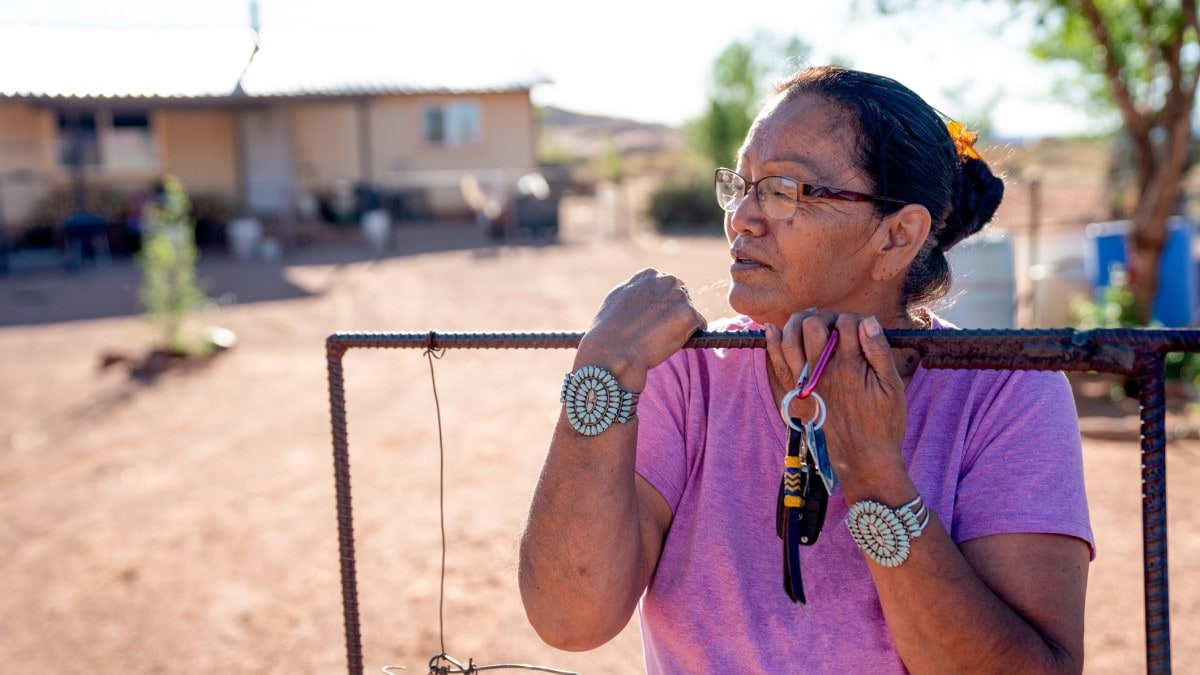Key points
- Health equity is when everyone has an equal opportunity to be as healthy as possible.
- The places where people live, learn, work, and play can affect their chances of getting and dying from cancer.
What is health equity?

Health equity is when everyone has an equal opportunity to be as healthy as possible.
Unfortunately, many Americans can't make healthy choices because of factors like where they live, their race or ethnicity, their education, their physical or mental abilities, or their income. As a result, they have more health problems than others. These differences in health among groups of people that are linked to social, economic, geographic, or environmental disadvantage are known as health disparities.
For example, it's hard to eat healthy food if there are no grocery stores or fresh food markets near where you live or work. If you live in an unsafe neighborhood or there are no sidewalks in your community, it's hard to be physically active.
When talking about cancer, equity is when everyone has an equal opportunity to prevent cancer, find it early, and get proper treatment and follow-up after treatment is completed. CDC works to eliminate differences in health for some groups of people compared to others and improve the health of all Americans.
Health Equity
Things like housing, income, education, and our sense of belonging in society are not the same in every community or for every person. How do they affect health? This video takes a closer look.
Social determinants of health
CDC's National Center for Chronic Disease Prevention and Health Promotion is funding a community health pilot project to learn how coalitions are advancing health equity by addressing social determinants of health.
The places where people live, learn, work, and play can affect their chances of getting and dying from cancer. These conditions are called social determinants of health. Examples of social determinants of health include a person's ability to access:
- A good education.
- Healthy food.
- A safe home to live in.
- Reliable transportation.
- Health care.
- Clean water and air.
Social determinants of health can affect how likely a person is to get or die from cancer. For example:
- Cigarette smoking can cause cancer almost anywhere in the body. Smoking rates are higher among people with a lower education level. For example, nearly 20% of all US adults with a high school education smoke, but only about 7% of people with a 4-year college degree smoke.1 CDC's Office on Smoking and Health is at the forefront of the nation's efforts to reduce deaths and prevent chronic diseases that result from smoking, including cancer.
- Having overweight or obesity is linked with a higher risk of getting at least 13 kinds of cancer. Adults living in rural counties are more likely to have obesity than adults in urban counties. "People who live in poor and rural communities may have less access to quality grocery stores that sell healthy and affordable [food] options," explained CDC's Dr. Latetia Moore in the video, The Obesity Epidemic. CDC's Division of Nutrition, Physical Activity, and Obesity develops and shares evidence-based approaches that help make healthy living easier for everyone, which can help people reduce their risk of cancer.
- Not getting screened for cancer as recommended can result in cancer being found at a late stage, when it's harder to treat. For some people, it can be hard to get screened as recommended. For example, they may not be able to afford cancer screening tests or may not have health insurance. People whose jobs don't provide sick leave, people who live in rural or remote areas, and people without reliable transportation may not be able to go to a doctor's office. CDC has several programs and initiatives to reduce barriers to screening. For example, CDC's National Breast and Cervical Cancer Early Detection Program offers free or low-cost breast and cervical cancer screening tests nationwide. Find out if you qualify.
Resources
- Minority Health (CDC)
- Cancer Disparities (National Cancer Institute)
- Social Determinants of Health (Healthy People 2030)
- Racism and Health (CDC)
- US Department of Health and Human Services. Burden of Cigarette Use in the US. US Department of Health and Human Services, Centers for Disease Control and Prevention, National Center for Chronic Disease Prevention and Health Promotion, Office on Smoking and Health, 2021 [accessed September 27, 2021].
